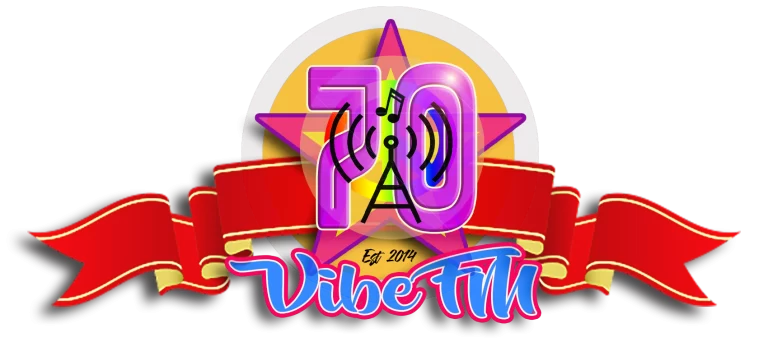
7
Baby Come Back - Player

B-Side: Love Is Where You Find It
From the Album: Player
Released: October 13, 1977
Recorded: 1977
Studio: –
Genre: Soft rock
Length: 3:28 (Single Version), 4:15 (Album Version)
Label: RSO (UK & Nor. Am.)Philips (intl.) (RSO 879)
Songwriter(s): Peter Beckett, J.C. Crowley
Producer(s): Dennis Lambert, Brian Potter
Peter Beckett grew up in Liverpool, England, where he spent four years playing in a band called Palladin. He quit to come to America and join another group, Friends, which recorded for MGM. After a short time, they evolved into Skyband, which released one album on the RCA label. Skyband lasted long enough to play one concert in L.A. and tour abroad before breaking up.
In 1976, Peter slipped on his jeans and attended a classy Hollywood party. To his surprise, everyone there was wearing white except for one other guest, who had also come in Levi’s. Peter figured the other guy had to be a musician, so they sat down together and began to talk. As it turned out, he was John Charles Crowley, a singer/songwriter from Galveston Bay, Texas. The two hit it off, and made a date to listen to each other’s material.
A few days later, Peter and J.C. held a jam session, and afterward decided to form a band. They added Ron Moss, a bass player from L.A., and veteran of two bands: Punk Rock and Count Zeppelin and his Fabled Airship. Ron brought along a high school friend, John Friesden, who, at one time, had toured the world as the assistant producer and drummer with the Ice Follies. Keyboard man Wayne Cook came abroad just a little too late; he missed being included in the photo used on their first album cover.
The boys were spotted by the production team of Dennis Lambert and Brian Potter, and signed to their company, Haven. Lambert and Potter then negotiated a deal with RSO. A debut album was planned, which one critic was to call “a ten-song exercise in straightforward, romantic pop.” One of those tunes was “Baby Come Back.”
We wrote that pretty quickly,” recalled Peter. “It took about three hours one night, and then we spent about an hour the next night polishing it up. J.C. and I had just broken up with our girlfriends, and we were still feeling the sting. When we sat down to write, our moods just blended, and it came out as ‘Baby Come Back.’
“I remember rehearsing the song in J.C.’s garage studio. It was the middle of summer, hotter than hell, and there we sat with our acoustic guitars, working it up amid the spiders and cockroaches. We knew it sounded like a hit, though. There was so much personal feeling in the song that we knew we had something special.”
“Baby Come Back” broke on the radio in October 1977 and reached number one early in January. It spent three weeks at the top — more than seven months on the charts. During that time, over two million copies were sold.
This infuriated some critics, who felt that the boys’ style was a “blatant carbon” of several other groups. However, reviewers couldn’t seem to agree as to the source of their familiar sound. Various writers claimed that “Baby Come Back” was an imitation of Hall and Oates’ “She’s Gone,” while others insisted the band copied Foreigner, the Bee Gees, Steely Dan, the Eagles, Journey, and even Andy Gibb.
“Just call it rock ‘n’ soul,” said Ron Moss. “We pull from the best of both worlds.”
Player didn’t perform live until November 1977, when they appeared as the opening act for Gino Vanelli. Later, they toured with Heart, Boz Scaggs, Kenny Loggins, and Eric Clapton. Their second single, “This Time I’m in it for Love,” was a Top 10 hit in the spring of 1978. “Prisoner Of Your Love” was a Top 40 hit in November of that year. Their last charting singles were for Casablanca in 1980 and RCA in 1982.
And their name? “We saw the word on television when the players from the show were listed,” Peter explained. “We knocked off the ‘s’ and went with it. I think the word holds a certain ambiguity.”
“And also, people can hold up our album, point to it, and say, ‘That’s a great record, Player’.”





